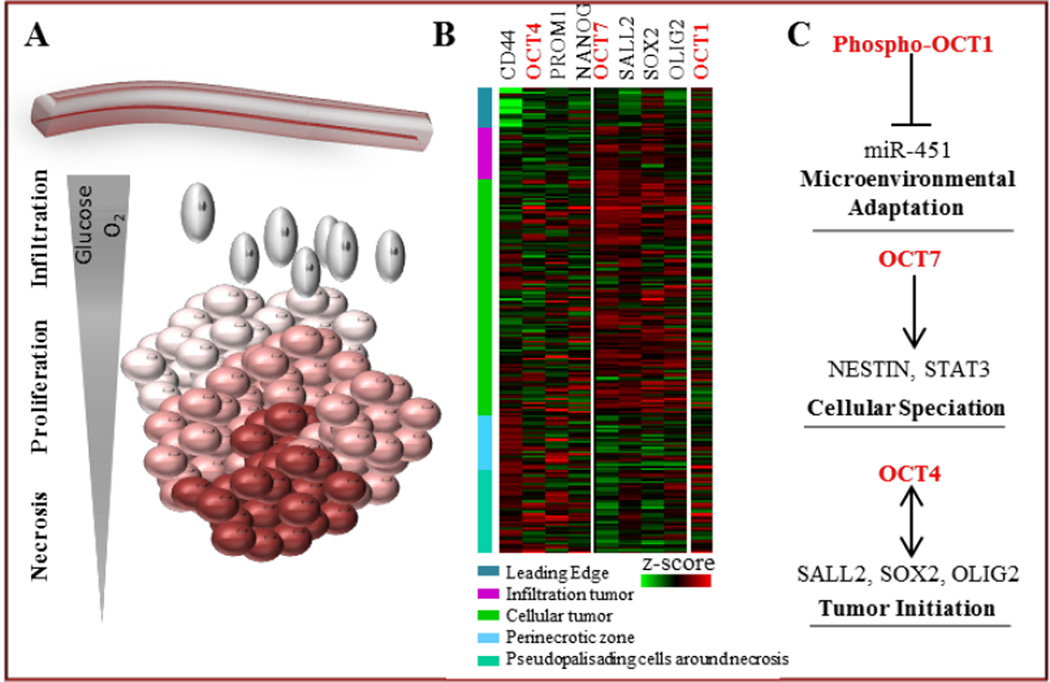Figure 1. Schematic representation of OCT family expression and function in GBM microenvironment.
A. Cellular heterogeneity reflects the complexity of the GBM ecosystem. Subpopulations of GBM cells grow in divergent intra-tumoral anatomic sites determined by microenvironmental cues (e.g. hypoxia, nutrient availability) which may contribute to tumor cell speciation, growth and invasion.
B. OCTs are differentially expressed in intra-tumoral anatomic niches. Expression of OCT4 is prevalent in hypoxic, necrotic zones, while OCT 7 is expressed almost exclusively in proliferative, cellular areas. Expression of OCT1 is not specific to any distinct, intra-tumoral anatomic site. Ivy GAP database-based expression of OCTs signature in different areas of GBM for annotated genes is shown.
C. OCT TFs determine GBM cell fate. Overexpression of OCT7 and OCT4, along with their partner TFs in neural stem cells leads to cellular speciation and tumor initiation, while AMPK-dependent, phospho-OCT1-mediated de-activation of miR-451 signaling allows microenvironmental adaptation which results in decreased proliferation and increased migratory phenotype.

